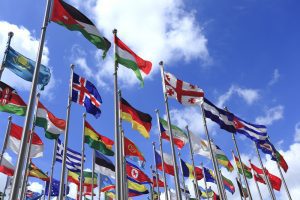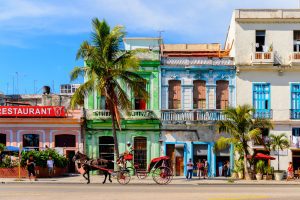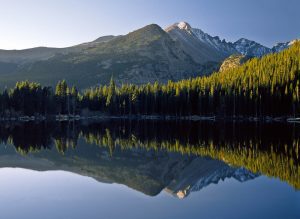The largest cities in North America house some of the best attractions for tourists and attract millions of people from around the world.
These large cities also have an impressive past as they all gained popularity in just a few hundred years. Here are the 10 largest cities in North America.
Table of Contents
The Biggest Cities in North America
| Number | City | Country | Population |
|---|---|---|---|
| 1 | Mexico City | Mexico | 9,218,653 |
| 2 | New York | United States | 9,050,405 |
| 3 | Los Angeles | United States | 3,971,883 |
| 4 | Toronto | Canada | 2,826,498 |
| 5 | Chicago | United States | 2,720,546 |
| 6 | Houston | United States | 2,296,224 |
| 7 | Havana | Cuba | 2,117,625 |
| 8 | Montreal | Canada | 1,753,034 |
| 9 | Ecatepec de Morelos | Mexico | 1,677,678 |
| 10 | Philadelphia | United States | 1,567,442 |
1. Mexico City, Mexico: 9,218,653
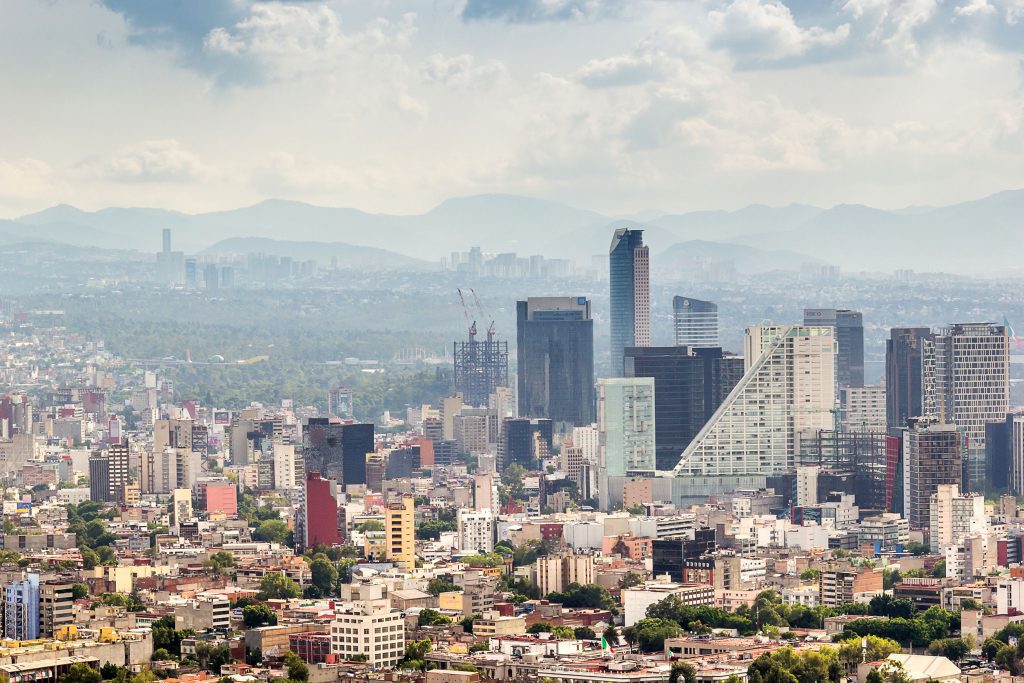
Mexico City is the most populous city in North America. Its official population is nearly 9 million residents, but in reality, it can be much higher as it attracts people from all over the country.
Unlike some big cities in the U.S., it doesn’t have a large rival city competing for talent. This is why most Mexicans looking to build a career move to Mexico City.
Public policies reflect this migration over the past few years. The city slowly transitioned from manufacturing economics to a service-based economy, particularly in transport and banking.
Its manufacturing industry slowly migrated North towards the U.S. border.
This city is also the most historically rich in Mexico. It hosts some of the most important museums in the country and it brings together some of the best foods from Latin America.
Its development has happened very quickly. In 1950, Mexico City had a population of just 3 million. In just a few decades, its population growth seems to outpace that of New York.
With a higher standard of living and the highest wages in the country, it also manages to keep more residents than other Mexican cities which tend to see top talent leave the country in search of something better.
Many Argentinians and Colombians also come to Mexico City for a higher standard of living.
2. New York, United States: 9,050,405
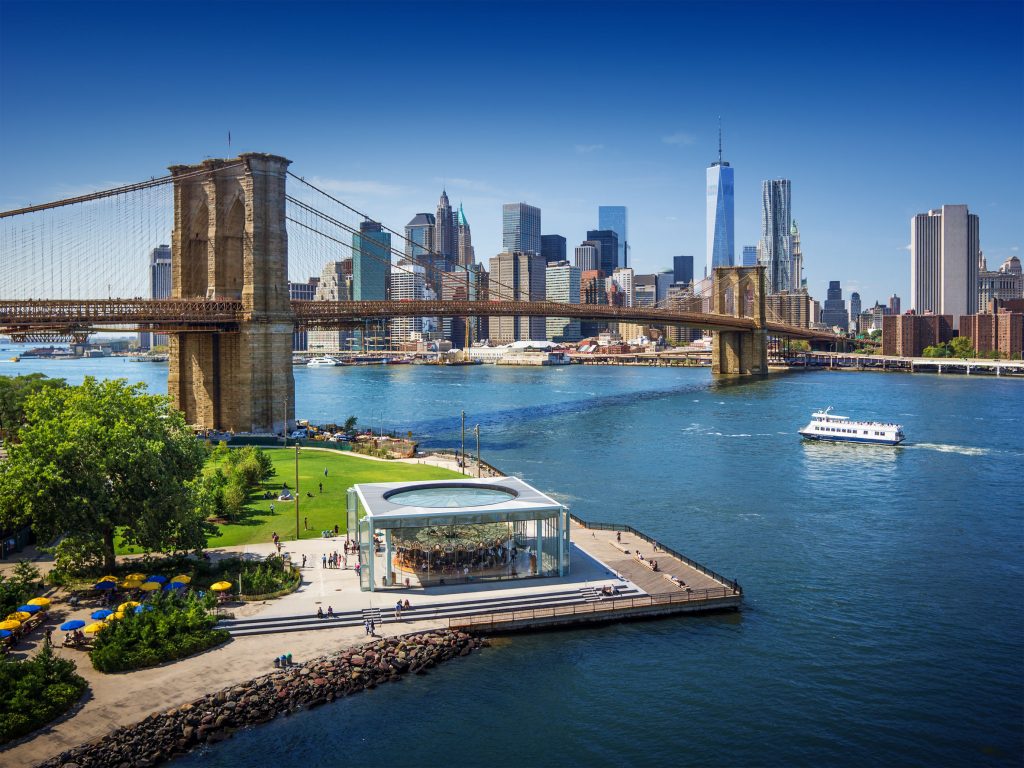
New York is the second-largest city in North America. It is the cultural capital of the U.S. and the most important financial center in the world through the New York Stock Exchange.
Its strong impact on the financial world makes it an ever-growing city, or, the city that never sleeps.
New York is also a place of diversity, as historically it was often the first place immigrants stopped when moving to the states. It is also a city with some of the most popular tourist attractions in the world.
It hosts the Statue of Liberty and the Manhattan Bridge, and its skyline has more than 500 buildings with a height of at least 300 feet.
3. Los Angeles, United States: 3,971,883
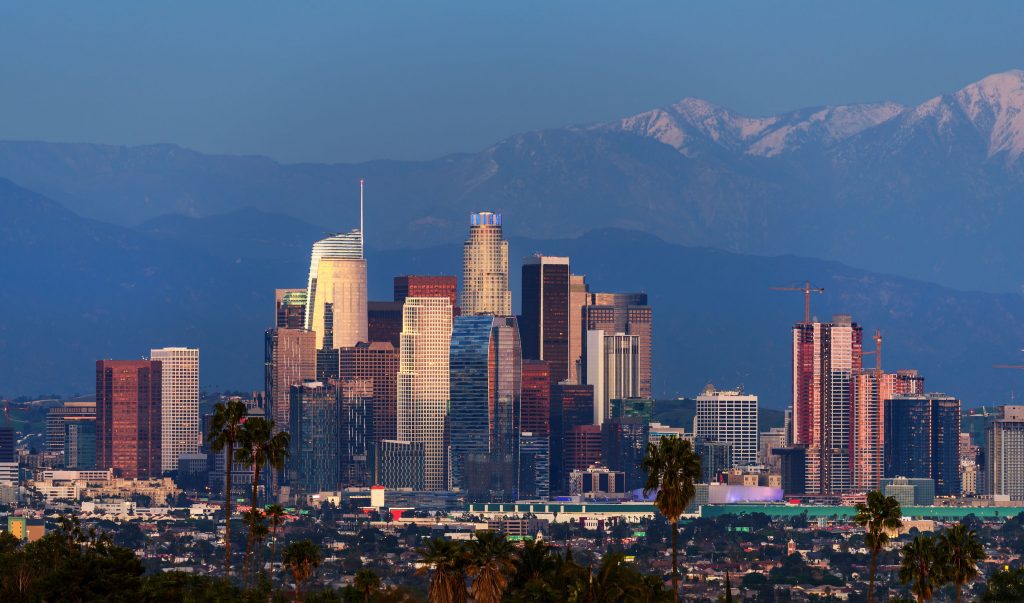
The biggest city on the U.S. West Coast, Los Angeles is one of the main economic centers of North America and the media capital of the continent.
It is the home to the famous Hollywood industry, and it is also the main destination for US residents who want to escape to a part of the country with sunny beaches.
Los Angeles Airport, or LAX, sees almost 100 million passengers per year, at least before the pandemic.
4. Toronto, Canada: 2,826,498
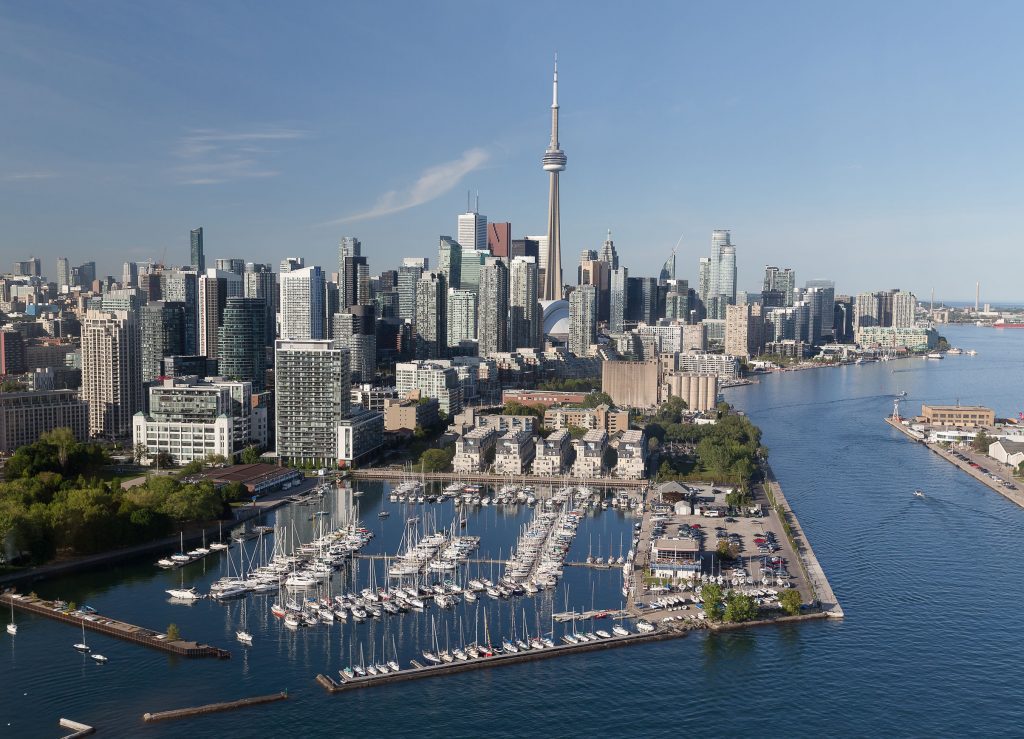
Toronto is the largest city in Canada and the 4th largest in North America. It’s known as the most international city in Canada and also has Canada’s main airport, making it an important transport hub.
The city’s economic development is seen in the number of high rises it’s known for. Toronto has nearly 2,000 buildings with a height of nearly 100 feet or higher.
5. Chicago, United States: 2,720,546
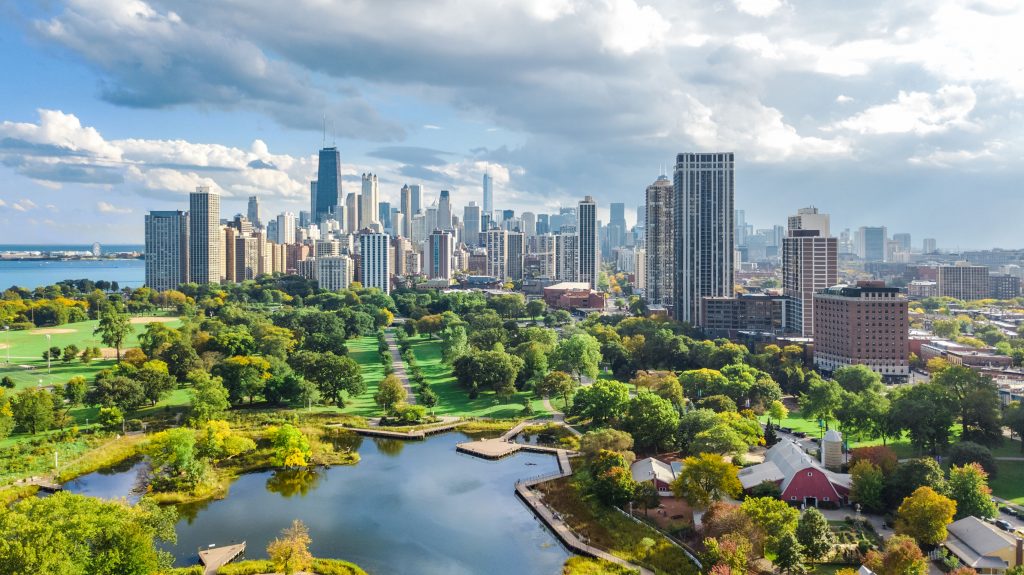
As one of the largest cities in North America, Chicago also plays an important role in the U.S. It’s one of the major air transport hubs in the country and one of the few cities of this size far from the west or east coasts.
Tourism plays an important role in the city’s economic prosperity. It is also the home of international food giants such as McDonald’s and Heinz.
6. Houston, United States: 2,296,224
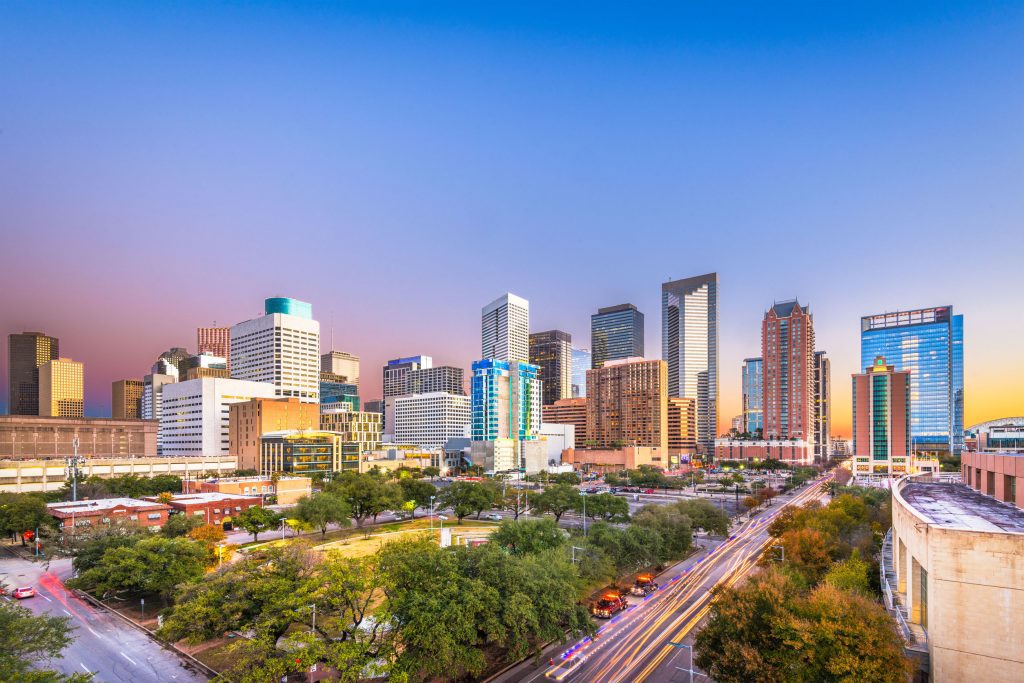
Houston is an important city in Texas and North America. Its rich oil and gas resources made it one of the most prominent urban development spots in the U.S.
Today, the city offers one of the best standards of living in the country and excellent employment prospects. It also hosts one of the largest universities in North America – The University of Houston – which enrolls over 44,000 students.
7. Havana, Cuba: 2,117,625
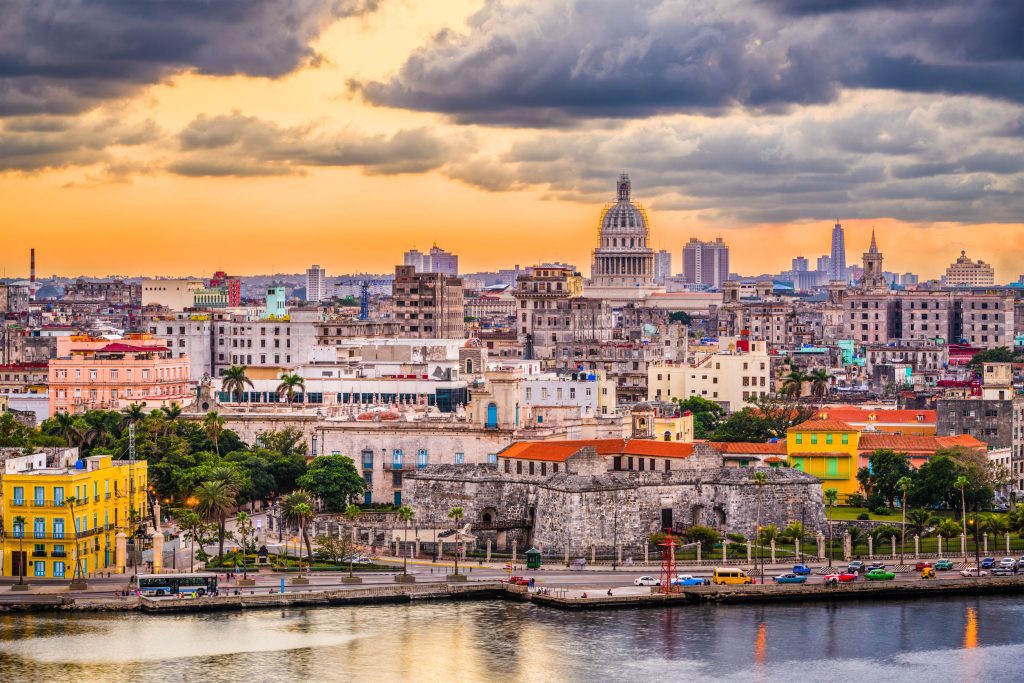
Havana is the capital city of Cuba. It’s still struggling with its embargo established by the United States and access to and from the country is very difficult.
This lack of international cooperation also makes Havana an interesting stop for tourists who want to see more of the old style of living. However, the city is known for its excellent public health care. In fact, all health care is free in Cuba.
8. Montreal, Canada: 1,753,034
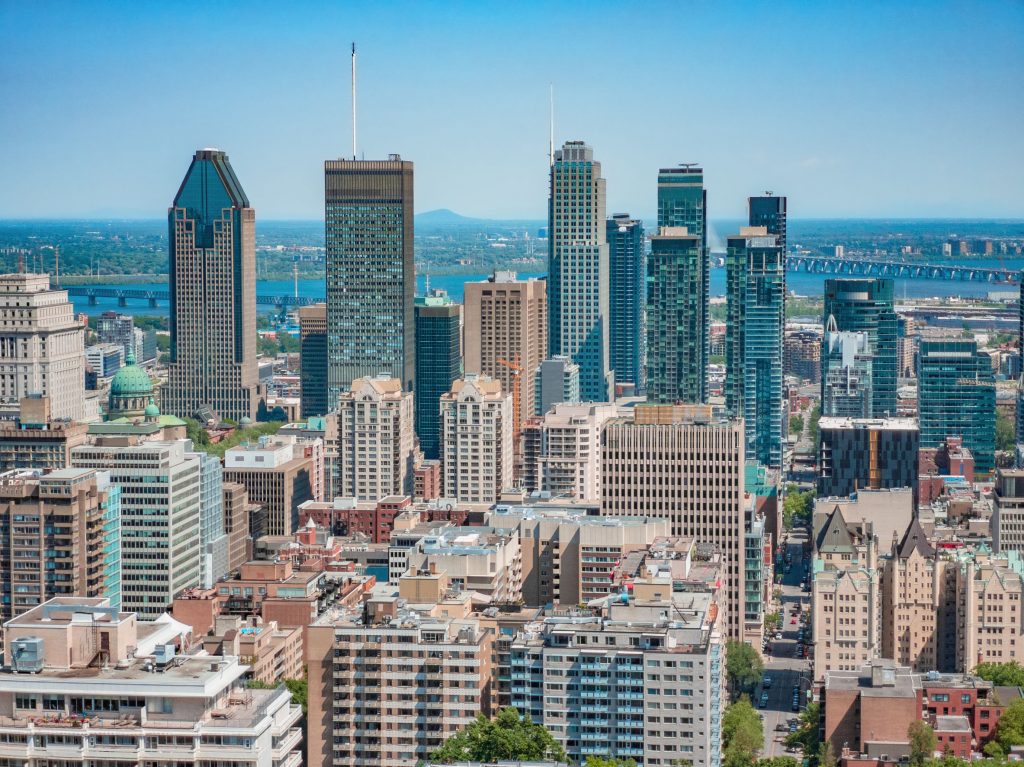
Montreal is often seen as the cultural capital of Canada. Retaining much of its historic French influence, French is widely spoken in this multi-cultural city.
Montreal is also home to some of the largest transport companies in the world. Bombardier and Canada’s National Railway have headquarters here. Oil refinement companies here are very large as well.
9. Ecatepec de Morelos, Mexico: 1,677,678

With a population of more than 1.5 million residents, Ecapetec is a city bordering Mexico’s capital. The first signs of human civilization were dated here long before the European colonists came over.
Today, the city has a growing role in Mexico’s cultural climate, but it struggles in terms of employment opportunities and revenue per capita.
10. Philadelphia, United States: 1,567,442
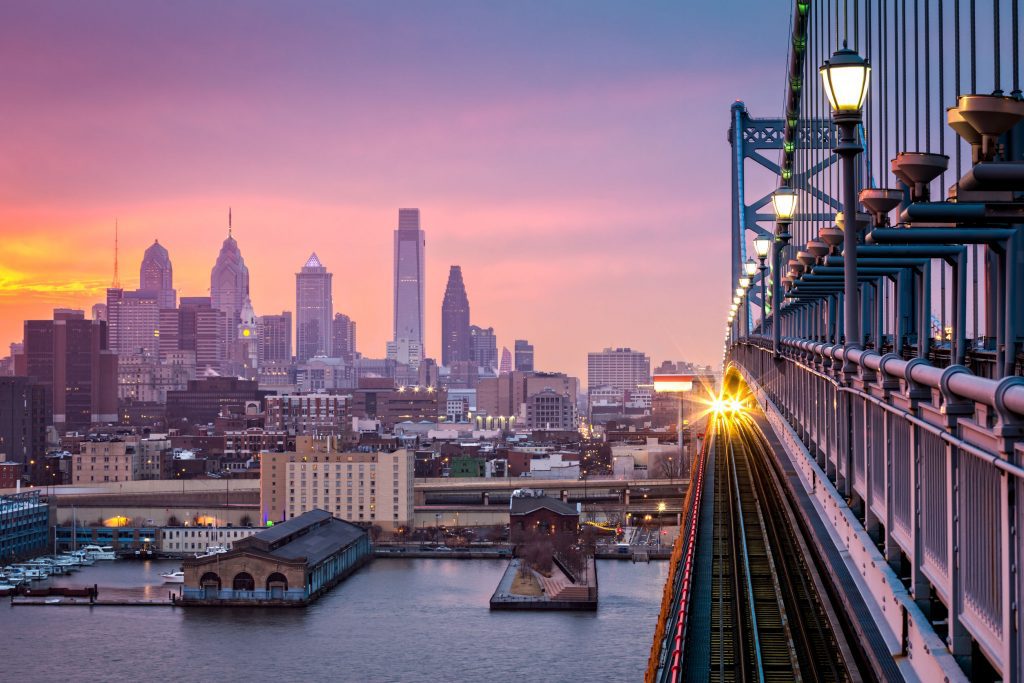
Philadelphia used to be the capital city of the U.S. It was a major political hub and a place of innovation. In times when the U.S. wasn’t yet a federal country, the city started to take initiative to become one through the actions of its notable residents.
The city used to be the largest in the United States; however, it was soon outgrown by others.
Still, people now see it as the home of Benjamin Franklin, important landowners, and the birthplace of some of the oldest businesses in the country.












